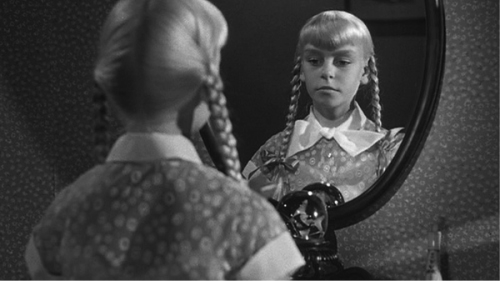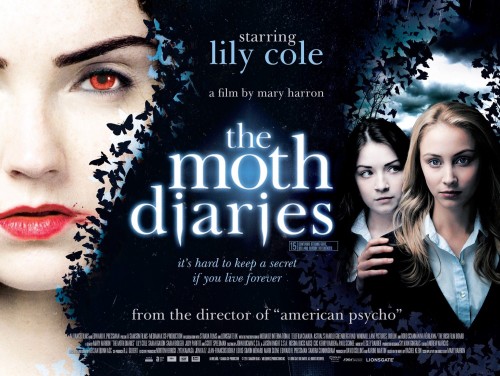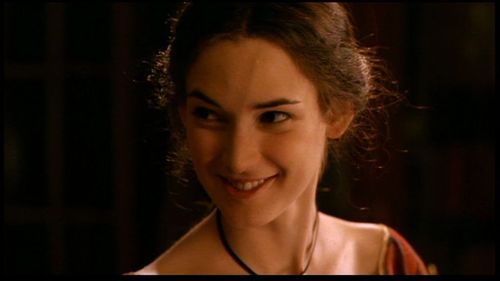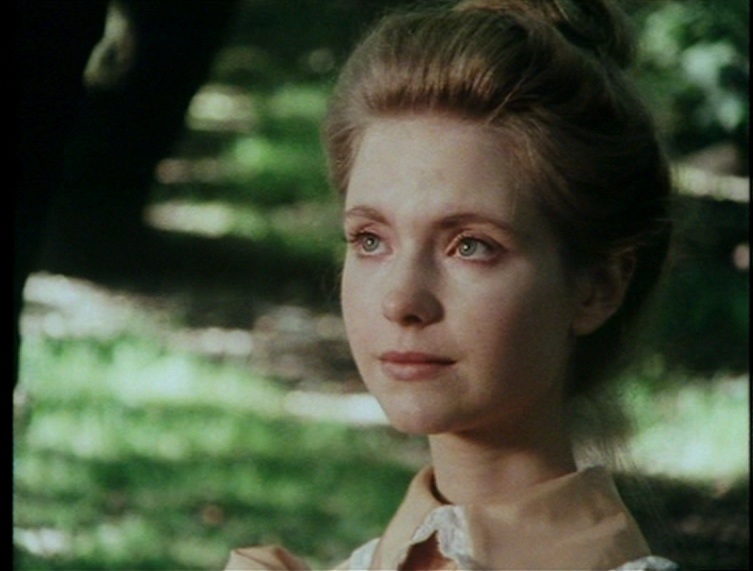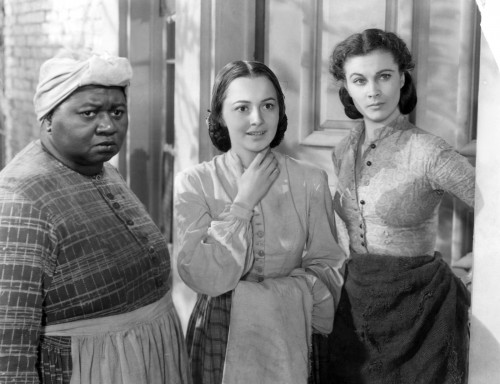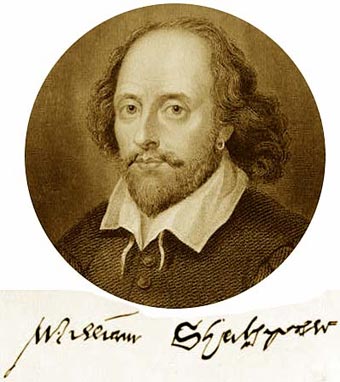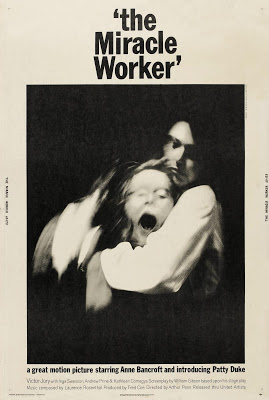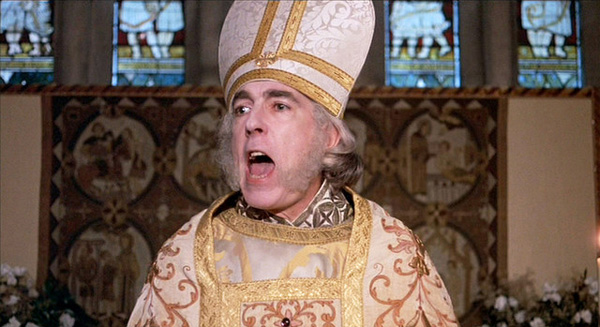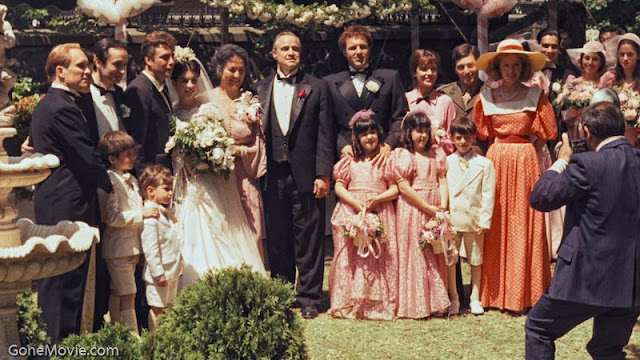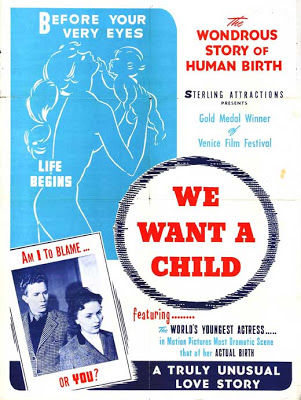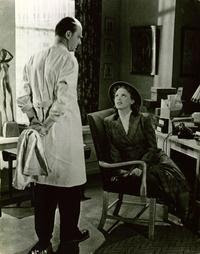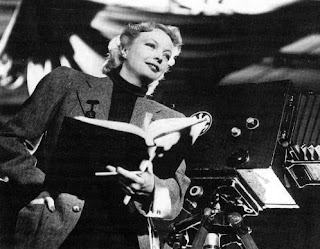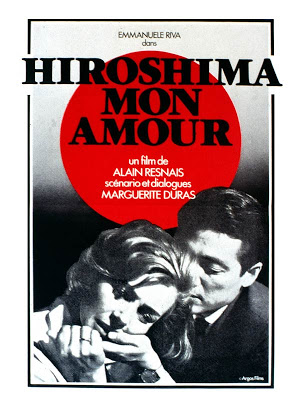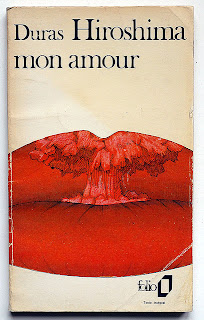This guest post by Sara Century appears as part of our theme week on Violent Women.
Vampires. Lesbians. These two things are as intertwined as the stars and the sky, at least in popular fiction. The vampire lesbian sub-genre finds its basis in an unfinished poem by Coleridge 1797-ish, and continuing onward and up to the modern era with entries such as 2010 German film We Are the Night, and beyond. There are hundreds of lesbian vampire stories in the world, and very few of them deviate from the basic plot of the 1872 novella Carmilla by Joseph Le Fanu. You can just read that story and you’ll have the basic gist: lesbian vampire seduces straight woman, is murdered by men. If that sounds like a flimsy plot excuse for violence against women, that’s because that is 1,000 percent what it is. On the other hand, if there’s hundreds of anything, at least a few of them are bound to be good. I personally have a pretty strong love for lesbian vampire films, which, for better or worse, helped me to define my own images of sexuality as a young gay. Almost unfailingly exploitative in its portrayal of queer women, this specific sub-genre of film stands alone in a few ways, not the least of which being that the vampires, while murderous and ultimately doomed, are powerful, lonely women, often living their lives outside of society’s rules. And I love everything about that… except the part where they’re all mass murderers. When there is so little representation of powerful queer women in film, it becomes difficult to fully dismiss the few that exist, even if they are ultimately negative or problematic.
For all these reasons, I felt a need to compile a list of lesbian vampire films that impacted me in some way, or that I found particularly enjoyable to watch. Without further ado, my nine favorite lesbian vampire films.

9. The Moth Diaries – 2011
I liked this one. It’s a little meta, in that the girl is reading and narrating the short story Carmilla while in a movie based on the short story, Carmilla. If you can handle that, you’ll be pretty down with most of this film. There’s no organ music, which is a solid fail on the part of many films, but it’s from a female writer/director team, and I don’t think it gets enough props for being as enjoyable as it is. Lily Cole is impressively creepy as Ernessa, the Carmilla analog of the film. The main character Rebecca is immediately distrustful of Ernessa, but her friend Lucy (yep) falls under Ernessa’s sway. And so on, and so forth. There’s some pretty disturbing stuff in here: suicide features prominently in the story, the general lack of consent during sex scenes that you often see in lesbian vampire movies is definitely in there, and Rebecca makes out with her teacher, which freaks me out more than most of the rest of the movie. My critique would be that, as meta as the story gets, it never really resolves any of the questions it asks itself. There’s little in the way of socially relevent commentary here, which seems odd for a film that immediately opens a gaping hole in the fourth wall and then leaves it there for the entire course of the narrative. That said, I like this film’s self-awareness, and there’s definitely a few creepy moments that are worth the price of admission.

8. Blood and Roses – 1960
This movie makes a lot of “best of” lists, mostly because it was the first lesbian vampire film that explicitly expressed the queerness of its main character in no uncertain terms. We see a lot of what would ultimately become alternately beloved and maligned tropes of the genre: the love triangle, the arty dream sequence in the middle of the narrative, the bizarre similarity of a character to a portrait of a long-dead ancestor, and the sexually confused girlfriend character.
Our vampire Carmilla’s sexual agency, as well as her frustration, are equally compelling. She flirts with her crushes, and is upset by their rejection of her. She feeds on village girls after playing with them like a cat with a mouse. She is clearly doomed from the very moment she first appears onscreen, and yet, for all these reasons, she’s by far the most interesting character in the film.
What Blood and Roses said to me when I watched it as a young queer woman could be a much longer piece of writing, but, briefly, these images were among the first moments of queer visibility in North American cinema. As problematic as they are, they deserve analysis, and they deserve to be considered for their impact on both queer and straight audiences of their time. Besides all that, though, Blood and Roses is a campy and fun horror film from the 1960s, so if that sounds up your alley, definitely check it out.

7. Daughters of Darkness – 1971
In the 1970s, there was a fad in horror films where privileged, angry men with Beatles hair and snappy wardrobes were the main characters of pretty much every single movie. That’s going strong here, where the main character looks exactly like this:

Wowza. Anyway, the real main character is obviously not that guy, but this extremely fictionalized version of Elizabeth Bathory, at this point hundreds of years old, played by the wonderfully over-the-top Delphine Seyrig. Delphine has a respectable history in art house films of the 1970s, and worked with several of the best directors of her day. She seems to have great fun with the hypersexualized Bathory, and the whole film gets much more interesting when she shows up. The beginning of the movie is just the straight couple getting married and talking a lot, so bring on the lesbian vampires, my friends. Can I just say, as messed up as she is, Bathory is just shockingly beautiful through this whole movie. All of her outfits are the best outfits I have ever seen, and she is my style icon from here to eternity. Also perfectly fashionable, her vampire sidekick, whose simple style and bobbed hair are based on the glorious silent film star, Louise Brooks. I’m just letting you know, this movie rules. Persistent themes of the sexually aggressive and sadistic vampire focusing on the confused, flippant blonde woman are in full force here, and I would say this portrayal of the ancient and wicked lesbian vampire character is one of the more fascinating.

6. The Countess – 2009
This film is about Countess Elizabeth Bathory, widely considered to be one of the most sadistic mass murderers of all time. I say “considered to be” because, to be honest, nobody has the slightest damn idea what actually happened there. Was she a mass murderer? Probably? People were not keeping extensive records of this sort of thing in 1610, and, in fact destroyed all evidence of wrongdoing to prevent a scandal. She was of royal blood, and therefore never went to trial. What I’m saying is that all the information currently available surrounding this case is strongly based in rumor. Still, she is the person on whom much of Western World vampire mythology is based on, so if anyone has the right to be on a list about lesbian vampires, it’s the countess. The story follows the legends of what we believe to be true about her life, and carries us all the way through to her bitter end, with the entirely fictional subplot of a doomed affair with a younger man. I wasn’t personally that into the added love story of the film, but it definitely sets up some of the creepiest scenes in the whole movie, so I’ll allow it. This movie was done by Julie Delpy, who both directs and stars as Bathory, like a boss. Honestly, this film is just flat out better made than anything else on the list in concern to production values, budget, and acting skill, so if you’re into watching something less campy and more real, this is the one for you.

5. The Blood Spattered Bride – 1972
This movie starts with one of my least favorite opening scenes of all time, but if you can get through the weird rape fantasy that kicks it off, the feminist commentary actually gets really interesting as the movie goes along. The tale follows two newlyweds, Susan and her nameless husband, who exists not so much as a character, but as a representation of director Vincente Aranda’s perception of the fascist patriarchy. He comes across about as likeable as a fascist patriarchy, too, more or less crying a river every time his wife doesn’t respond to his aggressive sexual advances. A great portion of this film is Susan progressing through the story arc tropes of most major feminist characters of the 1970s: bride, to unhappy bride, to lesbian, to misandrist, to murderer. That said, honestly, I don’t really blame her, because she is literally married to the human embodiment of misogyny. As an audience member, you’ll find yourself rooting for this guy’s death pretty hard I think, so I can’t imagine what it’d be like to be married to him. She literally locks herself in a cage to get away from him, uses quotes from a book to tell him she hates him, and finally flies into a full-out screaming fit that, let’s be real, is not entirely unprovoked. So, when the dreamy and beautiful Carmilla shows up in a totally bizarre scene that I’m not even going to describe right now because you should just watch it, it’s obvious that Susan is about to get straight up seduced. When your options are “man you hate who borderline rapes you a lot” or “ghostly vampire with really pretty eyes that tells you to kill your legitimately terrible husband,” I guess I’d probably go with the latter, too. I mean, let’s be real, the third option of “get the Hell out of there” is the only real option, but if she did that, there’d be no movie, so spree of murder and terror with dreamy girlfriend it is. To the credit of the film, Susan is a very interesting character. She ultimately goes the really wrong direction with it, but her feminist theory begins in a good place. Societal loathing of queer women ultimately causes her to snap when she realizes that, as a lesbian, the world will punish her sexuality and turn her into a pariah. That is a totally legit concerns for 1972. Susan is by far the best and most interesting part of this film, which is otherwise mostly a campy horror film with unsettling moments of sexual violence and the familiar art house dreaminess of most of the films on this list.

4. The Hunger – 1983
The Hunger is one of the more famous entries in the lesbian vampire canon, so, if you’ve seen one movie on this list, the law of averages would imply that it’d be this one. The beginning of this movie finds David Bowie as John Blaylock and Catherine Deneuve as Miriam Blaylock in a goth club watching Bauhaus. They are vampires, swinger vampires. They pick up another Goth couple and kill them with a tiny blade kept inside the ankh (yes, ankh) Miriam keeps around her neck.
It. Is. Nine. Teen. Eighty. Three. As. Fuck. Right. Now.
There’s a lot of cool stuff in this movie. It’s really well shot, Catherine Deneuve is pretty much the greatest actor on the planet, the soundtrack rules, and David Bowie… just, David Bowie. This film also has one of the most famously great lesbian sex scenes in cinema history. Miriam and Susan Sarandon’s character, Dr. Sarah Roberts, hook up for the first time (only time? I don’t know) to the most lesbian song EVER, aka “The Flower Duet” from Léo Delibes’ opera Lakmé. “Sounds like a love song,” says Sarah. “Then I suppose that’s what it is,” says Miriam. You bet it is, Miriam! Moments later, those two are making out. Another slight alteration on the standard lesbian vampire tropes is that Dr. Roberts, the supposed victim of the film, is the one that initiates sex, here, rather than, as we so often see in film, the vampire preying on a human’s naiveté and weakness.
Sticking well within queer tropes, however, Miriam is honestly a real U-Haul vampire, and waits all of 10 seconds after John’s death before she tries to marry Sarah pretty much out of nowhere. We are talking about someone that has an eternity ahead of her that can’t even wait like a month after her husband’s “death” before she starts moving her girlfriend in. Which is cold as Hell, because they were married for something like 300 years. Well, I don’t want to spoil the twists and turns this story takes for y’all, so I guess I’ll cut myself off there, but, more or less, this movie is famous for a reason, and if you’re in the mood to watch a scary film that is just the most ’80s thing you’ve seen in your life, this is likely going to be your best option.

3. Nadja – 1994
I feel like this film gets overlooked by both the vampire crowd as well as the indie crowd, and it’s kind of a shame, since it has all the requirements of being a cult classic. There’s nothing particularly new in this film, but there’s a lot to like about it. The creepy vampire as played by Elina Lowensohn really sells the film. She’s one of my all time faves. The cinematography is really great, and the film looks just stunning in black and white. Especially interesting is the use of a child’s toy camera for some scenes, lending a simple, stylized perspective at key moments. There’s a lot of pretty amusing mid-90s, Generation X style soul-searching from the white, heterosexual couple at the center of the film, as well as some genuinely on point observations on the human condition from the impressively coherent vampires. As many of these films are products of their time, I must say that Nadja is about the most 1994 film you’re liable to watch in your life. Instead of the standard skintight dress fluttering softly in the wind, the female love interest of the vampire is wearing a straight up flannel shirt and jeans, and if she had slight stubble I would definitely mistake her for Kurt Cobain. At certain moments, the film looks and sounds a bit like a music video for a Portishead song, but the aesthetic is pulled off to perfection, and it really works. The overall stylishness of Nadja has only aged for the better in the two decades since its release.

2. Vampyros Lesbos – 1971
This is where I start to get emotional. Vampyros Lesbos features my favorite opening to a film probably ever, with a bizarre shot of the vampire accompanied by noise music as the credits roll, followed immediately by our hero, the vampiric Nadine Carody, doing an erotic dance in a mirror with herself. She kisses herself in the mirror while holding a candlebra, while a blond-haired mannequin watches her. Ultimately, the countess turns, and begins kissing the mannequin, while her future lover Linda Westinghouse looks on, as intrigued as her mustached boyfriend is uncomfortable. The whole time, one of my all-time favorite songs is playing, a dark, dreamy song with an irrestistably basic Hammond organ pre-recorded drumbeat and chilling yet seductive organ sounds. And that is how you start a movie, everyone. You now have my full attention. Vampyros Lesbos is honestly just a flawless victory. It’s over-the-top, set very much with a psychedelic backdrop, and Soledad Miranda is absolutely enchanting as the countess. The comparatively less interesting “girlfriend” character Linda Westinghouse is really great in this movie. Her acting is stilted, but it works perfectly for this agonized and hestitant character, who is as attracted as she is repelled by the beautiful vampire. What I’m getting at here is that Vampyros Lesbos is a great movie (greatest movie?), and well worth your time if you’re a horror fan, a lesbian fan, an art house fan, or basically anyone (who is over the age of 18). Yes, this film is just as exploitative to queer women as any other lesbian vampire movie, but if you just focus on the intriguing, mysterious countess and her compelling monolgues, the brilliant soundtrack, and the beautifully shot and haunting love scenes between Linda and Nadine, you’ll do OK.

1. Fascination – 1979
The No. 1 spot is a tie between Vampyros Lesbos and Fascination, because I definitely love both equally, but loving things equally is not how internet listicles work, so Fascination it is. I’ve seen dozens of lesbian vampire films, but there’s something about this one. It doesn’t just slightly deviate from the tropes, it starts with a weird premise, introduces multiple tropes, and then just goes completely off the rails with them, until it concludes on a note that could only be described as utterly bizarre. To me, adding art house weirdness to horror films just makes a good thing even better, so I find Fascination to be delightful, haunting, and aesthetically beautiful. The movies of Jean Rolin are often about vampires, definitely well within the realm of art house cinema, and always highly eroticized. Fascination in specific has a just bananas plot trajectory: it pretty much starts with a whole lot of lesbian sex, which then becomes straight sex, which then goes back to being lesbian sex. They’re kind of vampires, or not? One of the main characters terrorizes the countryside with a scythe, there’s a coven of witches, someone gets devoured alive… it is goddamned epic. I especially love the characters, despite how weird and evil they all are. I particularly love the character of Eva, who is very much a problematic favorite, in that pretty much every action she takes in the film ends with her committing murder at some point. The scenery is gorgeous, the cinematography is simple and beautiful, the actors seem like they’re having fun… it’s all in all a perfect 1970s horror film.
Sara Century is a multimedia performance artist, and you can follow her work at saracentury.wordpress.com.
